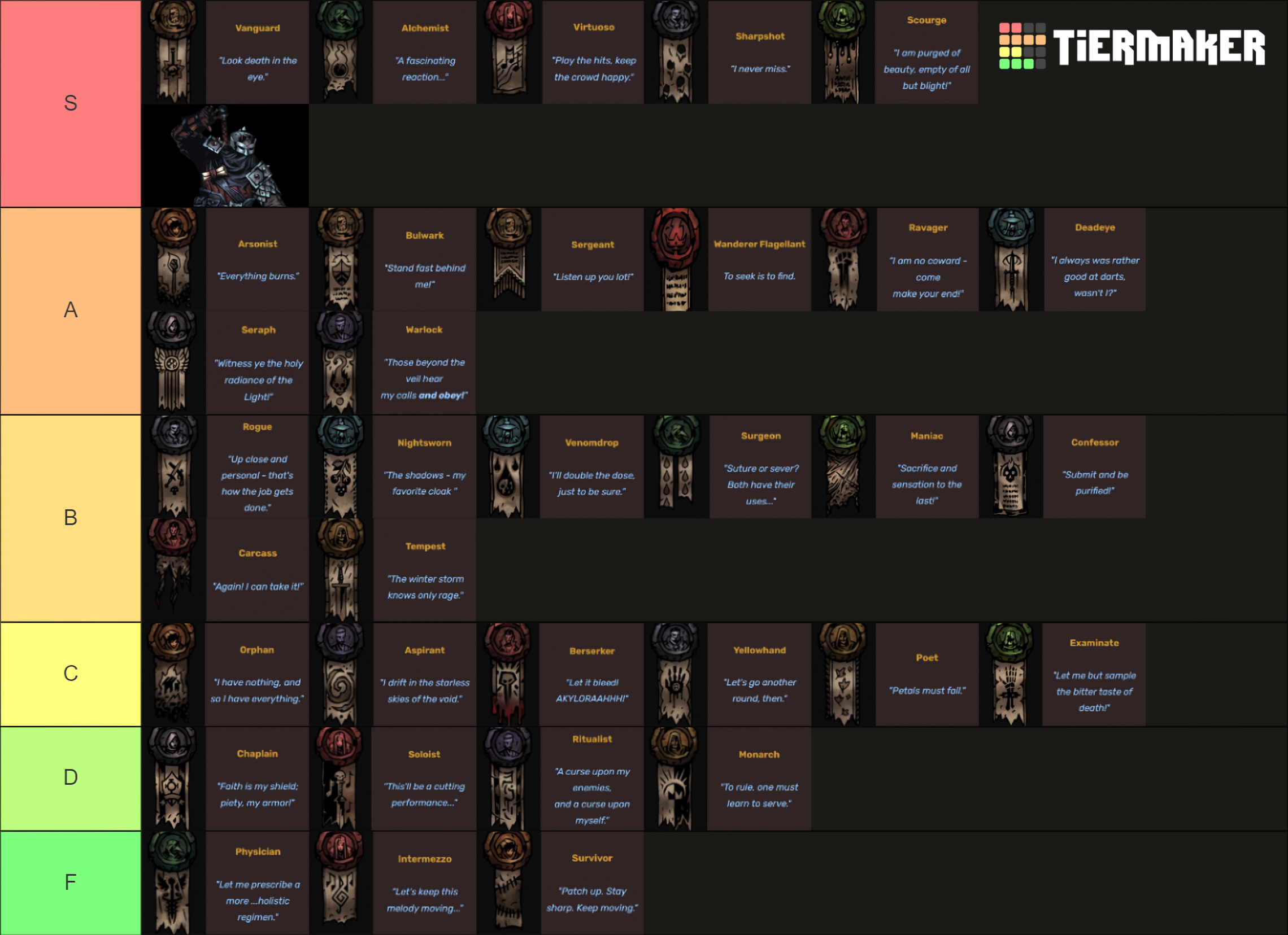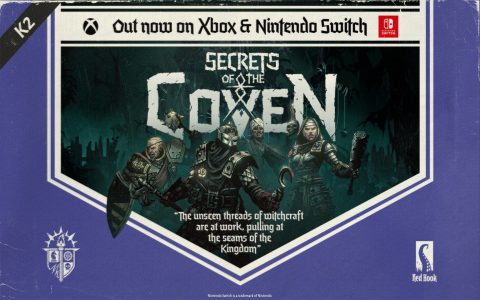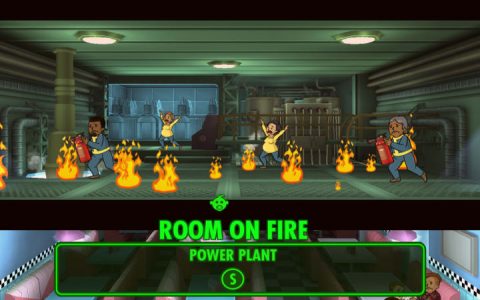Hero Paths in Darkest Dungeon 2 are specialized versions of each hero, unlocked at the Altar of Hope using Candles of Hope. Each hero starts with their "Wanderer" path (the default) and can unlock several others, typically three to four additional distinct paths per hero. These paths significantly alter a hero's stats, abilities, and playstyle, offering new strategic dimensions to team composition.
Understanding Hero Paths
Once unlocked, a Hero Path can be selected for a hero at the beginning of an expedition, at the Crossroads, or when a new hero is acquired at an Inn. Choosing a path is a permanent decision for that specific expedition.

Key characteristics of Hero Paths:
- Stat Modifications: Paths often come with substantial changes to a hero's base stats. For example, one path might significantly increase a hero's MAX HP and damage output but reduce their speed or resistance to certain debuffs.
- Skill Alterations: Many paths modify existing skills, sometimes drastically. A skill might gain new effects, have its targeting changed, deal different types of damage, or have its cooldowns and usage limits altered. Some paths might even disable certain skills entirely or replace them.
- Role Specialization: Paths generally push a hero towards a more specialized role. For instance, a Man-at-Arms might have a path that makes him an exceptional tank (e.g., Vanguard), another that enhances his support capabilities (e.g., Sergeant), or one that focuses on riposte damage (e.g., Bulwark).
- Unique Mechanics: Some paths introduce unique mechanics or conditions for the hero. For example, the Plague Doctor's "Alchemist" path enhances her blight and healing skills, while her "Surgeon" path focuses more on direct damage and critical hits with certain skills. The Jester's "Virtuoso" path enables powerful Finale-based strategies, while "Soloist" makes him a nimble front-rank damage dealer.
Strategic Implications
The choice of Hero Path is crucial for several reasons:
- Team Synergy: Paths dictate how well a hero synergizes with others. A path that makes a hero self-sufficient might be good in some teams, while another that provides team-wide buffs or debuffs enemies might be better in others.
- Encounter Viability: Certain paths excel against specific enemy types or in particular regions. A path focused on blight damage will be less effective in the Sluice where many enemies have high blight resistance.
- Risk vs. Reward: Some paths offer high offensive potential at the cost of survivability, or vice-versa. Understanding these trade-offs is key to a successful run.
- Unlocking Potential: Mastering different hero paths allows players to adapt to various challenges and unlock the full potential of each character. For example, the Graverobber's "Deadeye" path makes her a potent ranged damage dealer, while "Lunge" focuses on melee agility and high critical hit chances. The Hellion's "Ravager" path is all about raw, high-risk damage, whereas "Berserker" offers more sustained offensive power with different trade-offs.
Experimenting with different Hero Paths for each character is essential to mastering Darkest Dungeon 2, as they fundamentally change how heroes perform and interact within a team. Each path offers a distinct way to approach combat and overcome the myriad horrors the game throws at the player.










